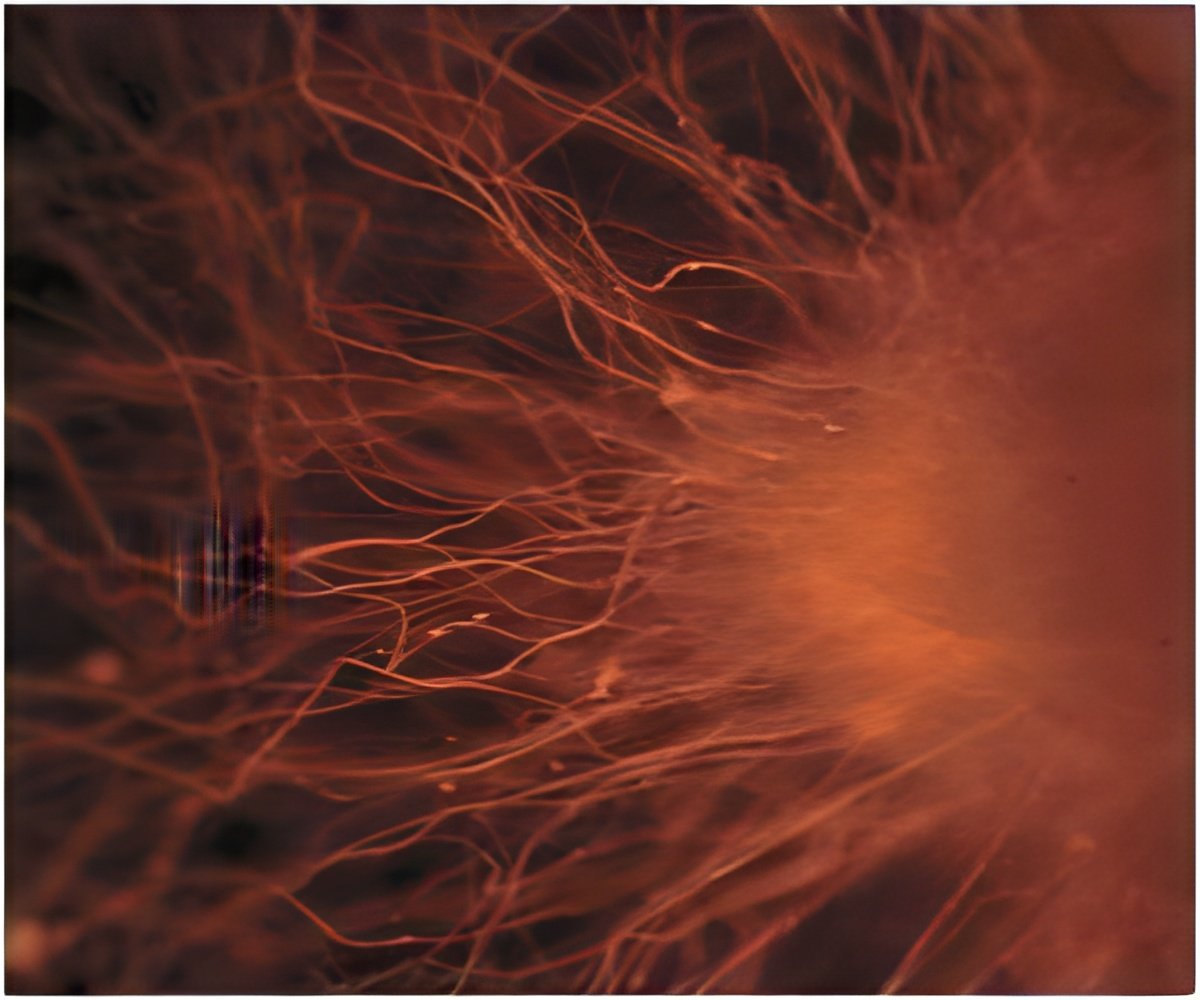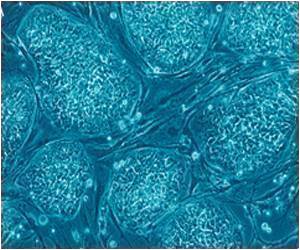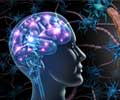
Researchers think that the best chance to halt the disease's progression will be to reduce or eliminate the mutant huntingtin (htt) protein found in the neurons of those with the disease.
"For the first time, we have been able to successfully deliver inhibitory RNA sequences from stem cells directly into neurons, significantly decreasing the synthesis of the abnormal huntingtin protein," Jan A Nolta, principal investigator of the study and director of the UC Davis stem cell program and the UC Davis Institute for Regenerative Cures, was quoted as saying.
Huntington's disease can be managed with medications, but currently there are no treatments for the physical, mental and behavioral decline of its victims.
"Our team has made a breakthrough that gives families affected by this disease hope that genetic therapy may one day become a reality," Nolta said.
RNA interference (RNAi) technology has been shown to be highly effective at reducing htt protein levels and reversing disease symptoms in mouse models.
Advertisement
"We're exploring how to use human stem cells to create RNAi production factories within the brain," she said.
Advertisement
Source-ANI












